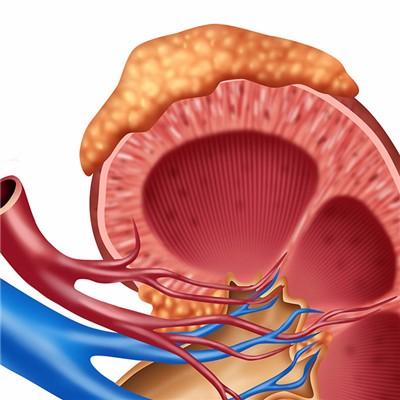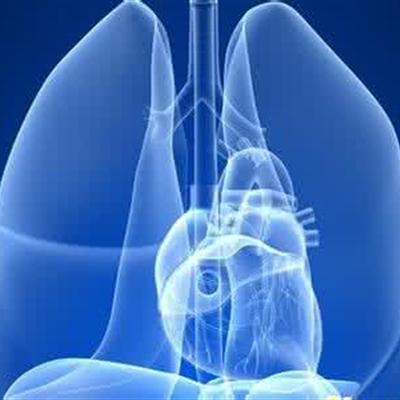What does the baby red birthmark have
summary
Many newborn babies have red birthmarks, so many people don't know much about these birthmarks. In fact, there are many kinds of red birthmarks, some of which are harmful to the baby's health. Let's tell you what kind of red birthmarks should be turned on!
What does the baby red birthmark have
The first: port wine stains: port wine stains is a benign vascular malformation, accounting for about 0.3% of the total population. This kind of birthmark grows with the growth of children and can't disappear by itself. Most of them occur in the head, face and neck. Flat pink plaque at birth. Different from capillary hemangioma (strawberry hemangioma), wine spots are persistent lesions, which become red and purplish red with age, and gradually higher than the skin, showing nodular.

Second: strawberry hemangioma: this kind of hemangioma is higher than the skin surface, with obvious boundary. The common size is 2-4cm in diameter, but it can affect the whole limb, can occur in any part of the body, and the number can be multiple. Strawberry hemangioma may appear at birth or within a few months after birth. It grows rapidly within 6 months after birth, sometimes to 2 years old, which can be several times as much as before. Usually its retreat is very slow, resulting in hemangioma rupture bleeding, leaving ugly scars.

The third type: mixed hemangioma: strawberry hemangioma and cavernous hemangioma exist at the same time. It is a common red birthmark. It mostly occurs in the face and neck, and can also occur in other parts of the body. It usually exists at birth. It looks like strawberry hemangioma at first, but it soon extends beyond the skin and goes deep into the dermis and subcutaneous tissue.

matters needing attention
The above are several common types of red birthmark, no matter what kind of red birthmark, it has a serious impact on the appearance and image of patients. If you find a red birthmark on the baby's body, you should go to the hospital for examination, and then go to the relevant treatment after knowing what kind of birthmark it is.












